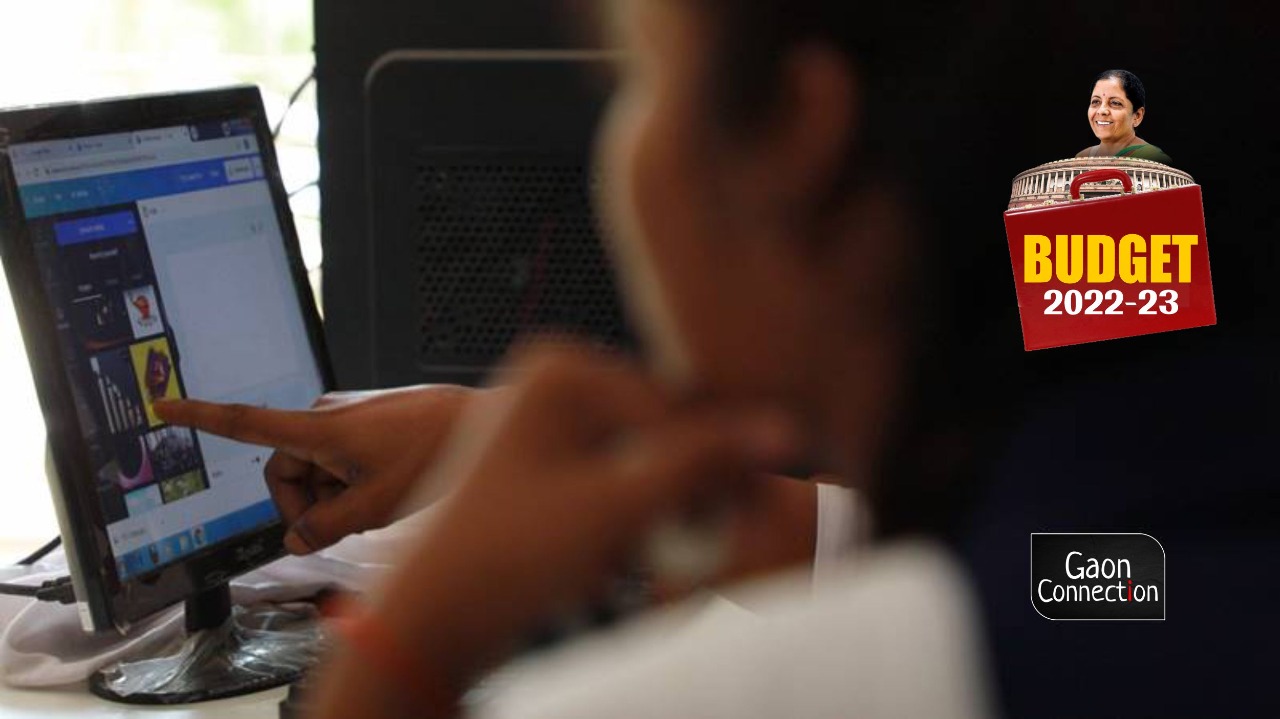Budget 2022: Digital university to be set up; focus on developing e-content and digital teachers, said FM Sitharaman
In the Union Budget 2022-23, the government has proposed to set up a digital university to provide access to world class quality universal education. Additionally, One Class One TV Channel programme of PM eVidya to be expanded from 12 to 200 TV channels. More details here.


In the 2022 budget, the focus was on digitising education with the Finance Minister Nirmala Sitharaman announcing to set up Digital University to provide students, across the country, with class quality universal education and personalised learning experience.
She announced that the university will be built on a network hub and spoke model with the collaboration of the best public universities.
Additionally, she also announced the ‘One Class One TV channel’ of PM eVidya to be expanded from 12 to 200 television channels. This is being done in an attempt to enable all states to provide supplementary education in regional languages to children in classes 1 to 12.
In May 2020, PM eVidya program was launched for students through which various types of online models were launched in order to provide quality education to the students who were missing out on offline education because of lockdown.
The focus of 2022 budget was on digital learning due to closure of schools because of the pandemic. These announcements have been despite the fact that several reports and surveys have pointed out that internet access and availability of smartphones have hampered the school education of children.
Also Read: Union Budget 2022 LIVE UPDATES: Cabinet approves Budget, session begins in Parliament
Merely 8.5% school students in India have internet access: UNICEF
According to a report released by the United Nations Children Emergency Fund (UNICEF), merely 8.5 per cent students in India have access to the internet — a technological handicap that is at the cost of the children’s right to education amidst the COVID-19 pandemic and the resulting closure of schools.
As a result of the pandemic, lockdowns and the subsequent closure of schools impacted 201 million students worldwide. Out of these, 170 million students had no access to education for the past one year.
The report also stated that amongst the south Asian countries, internet access is available to 74.6 per cent students in Sri Lanka, 69.7 per cent students in Bangladesh, 36.6 per cent in Nepal, 9.1 per cent in Pakistan, 8.5 per cent in India, and 0.9 per cent in Afghanistan.
“Smartphone ownership has doubled during the pandemic in rural India; but it has been of no help to most children”
The Annual Status of Education Report released in November 2021 highlighted that 67.6 per cent of children in India had smartphones available at home but 26.1 per cent, that is almost every fourth kid had no access to it.
The survey report showed that while smartphone ownership has increased in rural India, children’s access to it remains an issue. Smartphones became the key source of teaching-learning during the COVID19 pandemic when education moved to a remote model last year amid school closures.
In 2018, the pre pandemic year, 36.5 per cent of children had a smartphone available at home. This number doubled to 67.6 per cent in 2021.

